Burnout can happen when you try to do everything at once. It is impossible to do it all, but you still try. Then you naturally come to the point where your body and mind fail. Your body will try to tell you it needs rest and yet you will persevere, ignoring your body. Eventually, you will push past your limits and your body will win the argument. This is why one of the most important ways you can avoid burnout is simple: know your limits. You cannot help others – the goal of most nonprofits – if you cannot help yourself.
What is Burnout?
The term originated in the 1970s with psychologist Herbert Freudenberger who used it to describe the “severe stress and high ideals of ‘helping’ professions.” He survived the Holocaust, moved to the United States as a child, and eventually lived on the street as a teenager. These experiences pushed him to help people, so he opened a clinic on the Upper East Side and on New York’s skid row, the Bowery. There he worked with drug addicts, many of them children, who would often stare off blankly holding a cigarette, just watching it slowly burn out.
Freudenberger felt fatigued and stressed after long shifts at both clinics, unable to get out of bed, and he was unpleasant to be around. He analyzed himself by speaking into a tape recording and listening back to it. Fredudenberger said, “I don’t know how to have fun. I don’t know how to be readily joyful,” but also found that he was not experiencing just exhaustion or even depression. It was something different. Thinking of the young addicts he treated, he called this illness “burnout” and published “Burnout: The High Cost Of High Achievement” in 1980. Freudenberger says that burnout is a response to stress and frustration; “it’s a response to a demand that an individual may make upon themself in terms of a requirement for perfectionism.” Burnout can affect almost anyone in any profession, or even outside of work, but a study shows that the average professional experiences burnout by the age of 32.
Symptoms of Burnout
There are three main areas of symptoms:
- Exhaustion
One may feel emotionally drained or even experience physical pain such as a stomachache. This can manifest in many ways such as cynicism, dreading going to work, or resentfulness.
- Alienation
It is easy to feel cynical at an increasingly stressful job, which could lead to one feeling numb or distancing themselves.
- Reduced performance
Everyday tasks are most often affected by burnout. Those who are experiencing it will think negatively about their tasks, find it difficult to concentrate, and lack creativity. This will lead to decreased motivation and productivity at work, creating a vicious cycle.
Five Stages of Burnout
- Honeymoon Phase
A new part of your life or task at work can be exciting, satisfying, and spark energy. You may feel extreme commitment, a need to prove yourself, renewed creativity, productivity, satisfaction, ready to accept more responsibility, high energy, and optimism.
- Onset of Stress
Soon the more difficult days will start to wear on you and affect you physically, mentally, and emotionally. You may feel anxious, eager to avoid decision making, a change in appetite, fatigued, forgetful, as if you are neglecting your own needs, you are grinding your teeth, headaches, heart palpitations, higher blood pressure, a lack of focus, irritable, dissatisfied, insomnia, a lack of desire to socialize, and less productive.
- Chronic Stress
This stage occurs when there is a marked change from being motivated to being stressed on a more frequent basis. Your symptoms may be more intense and can include anger or aggression, apathy, chronic exhaustion, cynicism, decreased libido, denying problems, feeling panicked or out of control, increased alcohol or drug use, increased caffeine use, lack of hobbies, missing deadlines, exhaustion in the mornings, physical sickness, procrastination, repetitive lateness, resentfulness, social isolation, and engaging in escapist activities.
- Burnout
This is where symptoms become critical and continuing on as normal is no longer possible. At this stage, you need to seek intervention if you have not already. Your symptoms might be changes in behavior, chronic headaches or stomach problems, neglecting personal needs, continuing escapist activities, the desire to ‘drop out’ of society or move away, feeling empty, obsessing over problems, feeling pessimistic, intensifying physical symptoms, self doubt, and social isolation.
- Habitual Burnout
At this point burnout is embedded in your life and you will continue to experience significant mental, physical, and emotional issues. This can result in burnout syndrome, chronic mental and physical fatigue, chronic sadness, and depressions.
What Causes Burnout?
In short, “extreme pressure” such as being overworked, under-challenged, on a time crunch, or being in conflict with a colleague can all lead to the exhaustion, emptiness, and inability to cope that are associated with burnout. These things could occur at work or while taking care of a sick relative, but the root cause is “extreme commitment” while neglecting one’s own needs.
Possible factors of workplace burnout:
- Lack of control
- Unclear job expectations
- Dysfunctional workplace dynamics
- Activity extremes
- Lack of social support
- Lack of work-life balance
Possible risk factors of workplace burnout:
- Identifying too strongly with your work, so that you lose work-life balance.
- Possessing a high workload or overtime.
- Attempting to take care of everything for everyone else.
- Working in a “helping” profession that can require more mental and emotional labor.
- Having little or not control over your work.
- Experiencing monotony in your job.
How Do You Know If You Are Burned Out?
While there is no generally accepted definition of burnout, there are several self-assessment questionnaires. The most popular is the “Maslach Burnout Inventory” (MBI), but it is important to remember that the symptoms of burnout can be caused by other things such as depression, physical illness, or medications. Common symptoms in both burnout and depression are fatigue, feeling down, and reduced performance. However, most symptoms of burnout are work-related whereas negative thoughts and feelings associated with clinical depression are about all areas of life. Symptoms that are typical of depression but not burnout include low self-esteem, hopelessness, and suicidal thoughts.
Some questions to ask yourself if you think you might be burned out:
Remember to speak to a medical and/or mental health professional about these symptoms before determining you have burnout.
- Are you cynical or critical at work?
- Do you have trouble getting to work and getting started when you are there?
- Are you irritable or impatient in your work interactions?
- Are you lacking the energy to be productive?
- Is it hard to concentrate?
- Are you lacking satisfaction in your achievements?
- Are you disillusioned by your job?
- Do you use food, drugs, or alcohol to feel better or feel numb?
- Are your sleep habits changing?
- Do you have any unexplained headaches, stomach issues, or other physical issues?
- Do you have a sense of dread about work?
- Are you experiencing “dwindling compassion towards those in your care?”
- Do you feel like you can no longer be effective at work?
Consequences of burnout:
While it may seem like burnout is rather inconsequential and you can just ‘suck it up,’ when these issues are ignored they can lead to more serious consequences.
- Excessive stress
- Fatigue
- Insomnia
- Sadness, anger, irritability
- Substance abuse
- Heart disease
- High blood pressure
- Type 2 diabetes
- Vulnerability to illness
Tips to Avoid Burnout
Herbert Freudenberger found a solution, not by working less, but by enjoying life when he was not working. On a family trip to the lake, he went “swimming” by simply floating in the water, which brought out his “inner child.” Combined with the recognition of his work, Freudenberger was a “different person.” There are two lessons to be learned here: for workers – let out your inner child; for employers – recognize the work of your employees.
Talk to your supervisor about your concerns. It is unlikely things will change if you do not talk about it! Discuss specific concerns and work together on realistic expectations, compromises, and goals.
- Seek support
Sometimes just talking it out with someone who understands can help. This could be a friend, coworker, or even therapist. There also might be employee assistance services you can take advantage of.
It is important to have “meaningful and supportive relationships” that fulfill certain needs like belonging, laughter, and intimacy. This can help prevent burnout as well as work as a support system when you are burnt out.
- Take time and care for yourself
Find ways to make your inner child shine! It may be floating in a lake, rollerblading downhill, or eating a popsicle; whatever makes you happy. Do not forget to move around, eat well, and get some sun – it helps you produce vitamin D and maintain your biorhythms. All of these things help reduce stress, reset your system, and take your mind off work.
- Know your limits and prioritize
You cannot do it all – nobody can. It is important to draw boundaries and say ‘no’ sometimes. Because you cannot do it all, you need to figure out what you can do. Confucius would say, “the man who chases two rabbits, catches neither,” or in other words, ‘if everything is a priority, then nothing is.’ Both of these mean the same thing: you have to make a choice or you will accomplish nothing.
- Know your routines
Figure out what time of day you work best and capitalize on that. Take this idea as far as you can so that you can set yourself up for success. For example, maybe you work best outside, with instrumental music, or in a cold room. Whatever it is, take advantage of your natural rhythms and processes to get the best out of yourself.
- Use concepts and tools like mindfulness and Pomodoro timers
Mindfulness is the act of focusing on your breathing and “being intensely aware of what you [are] sensing and feeling at every moment, without interpretation or judgment.”
The essential concept of a Pomodoro timer is simple; work for a chunk of time and then take a short break. Repeat this three times, then take a longer break. This technique is designed to help you be more productive by planning your break times. You can also utilize the Free Online Burnout Prevention Course from Calmer.
By Rebecca Law
.svg)


.svg)
.svg)
.svg)

.avif)


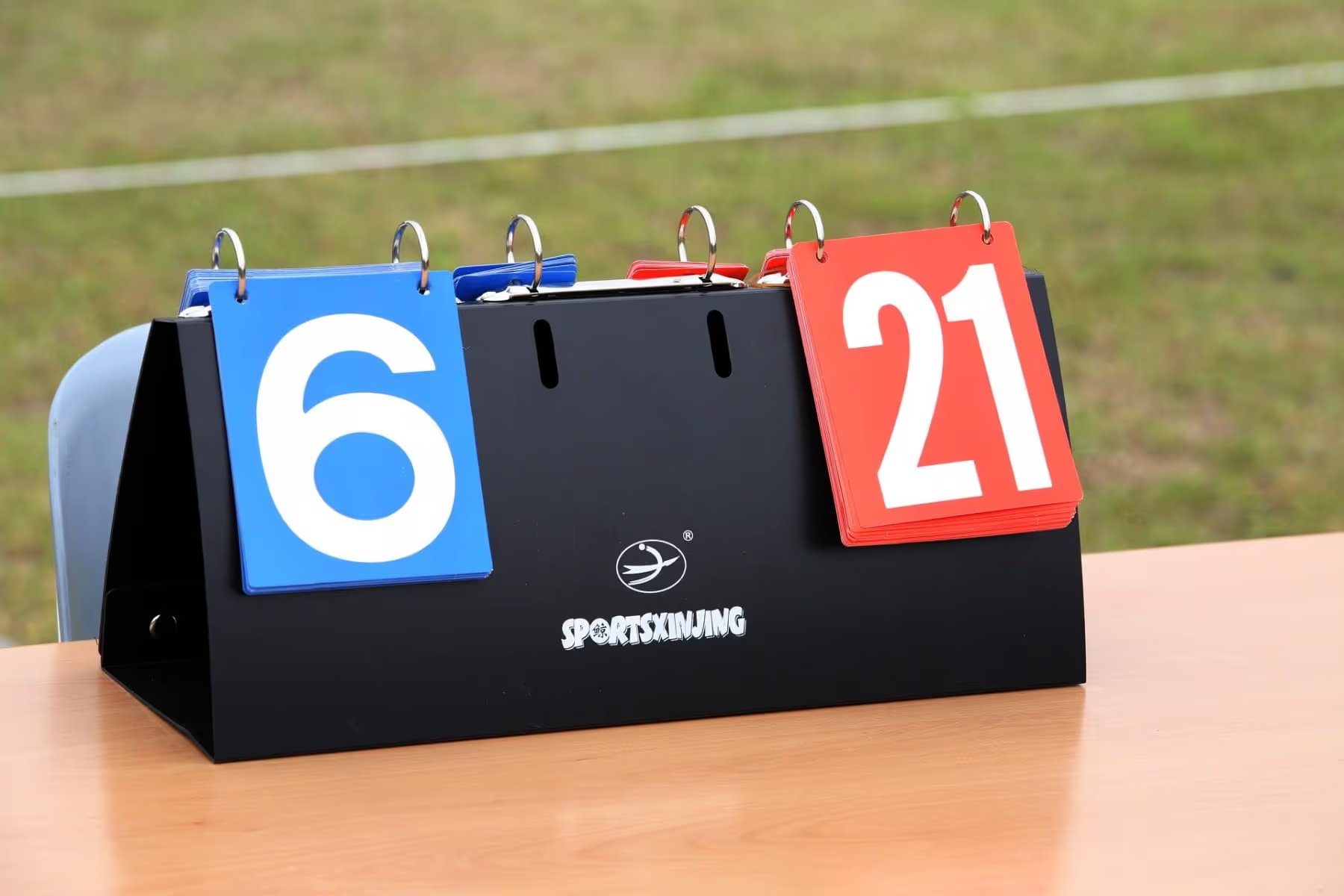












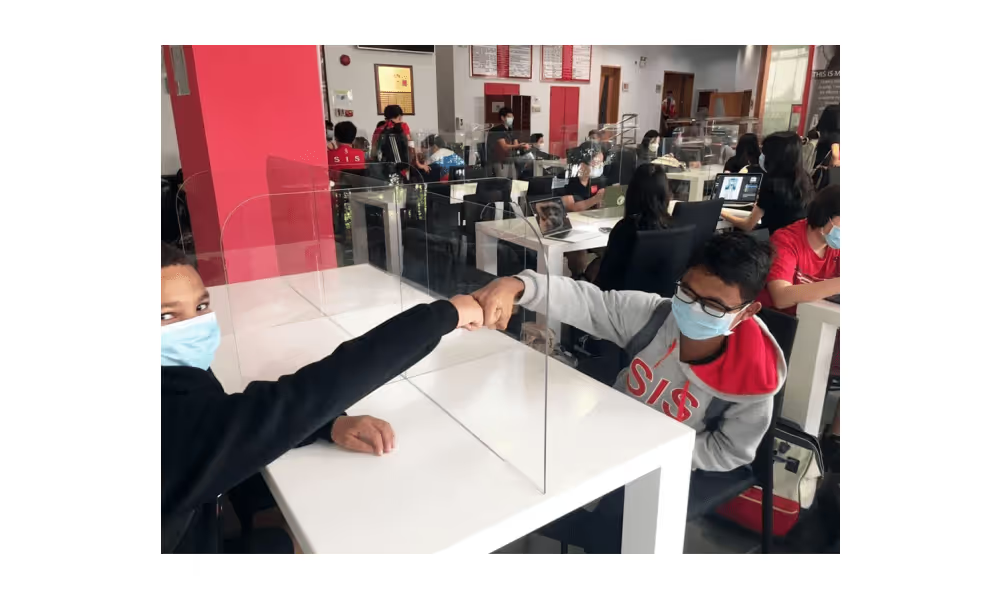















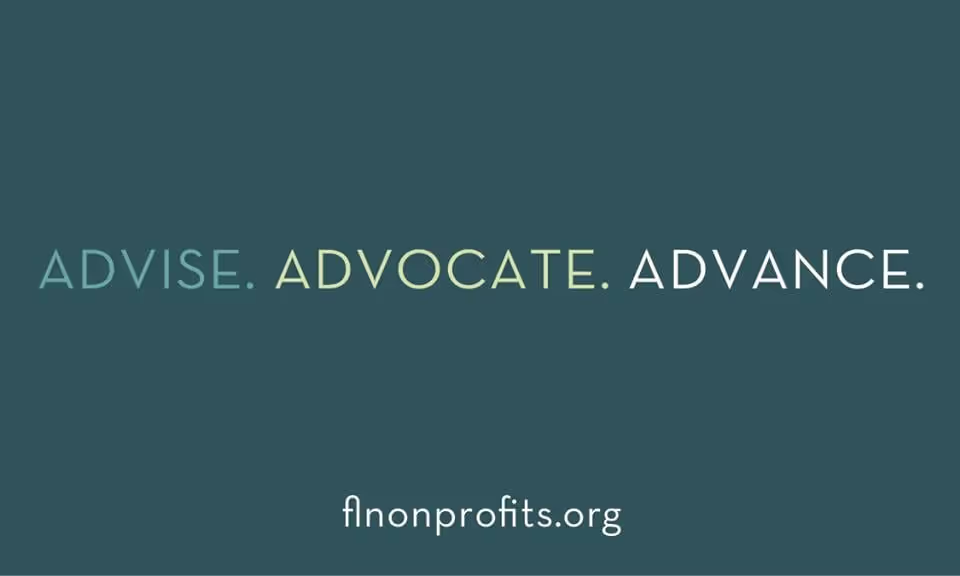
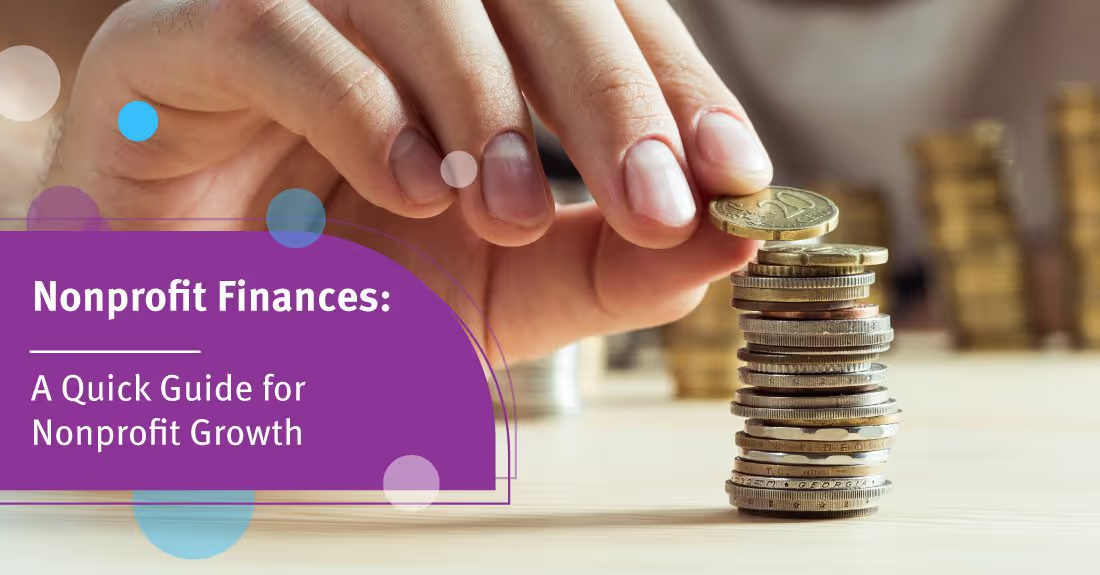








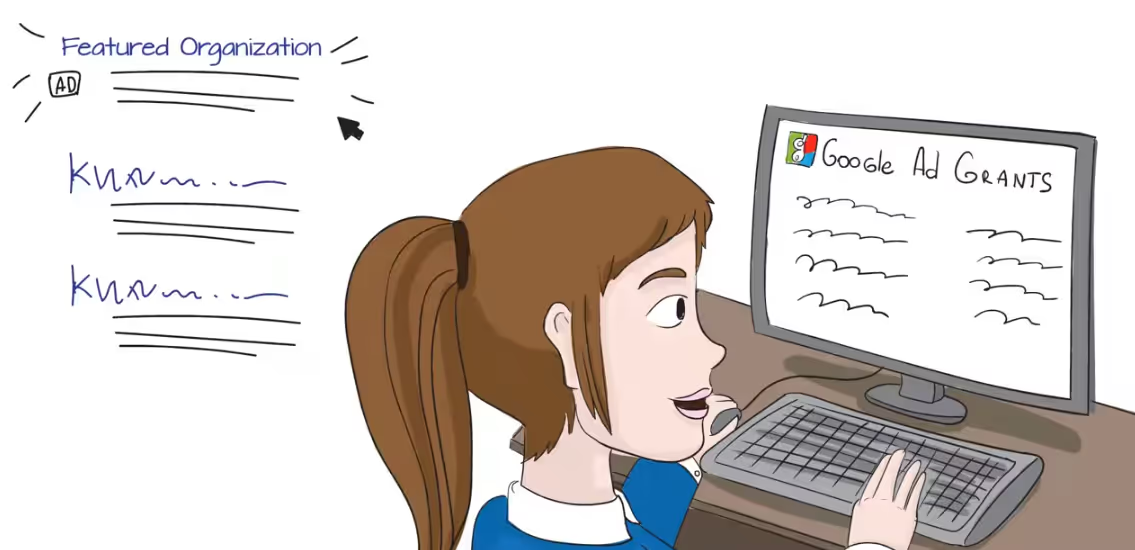





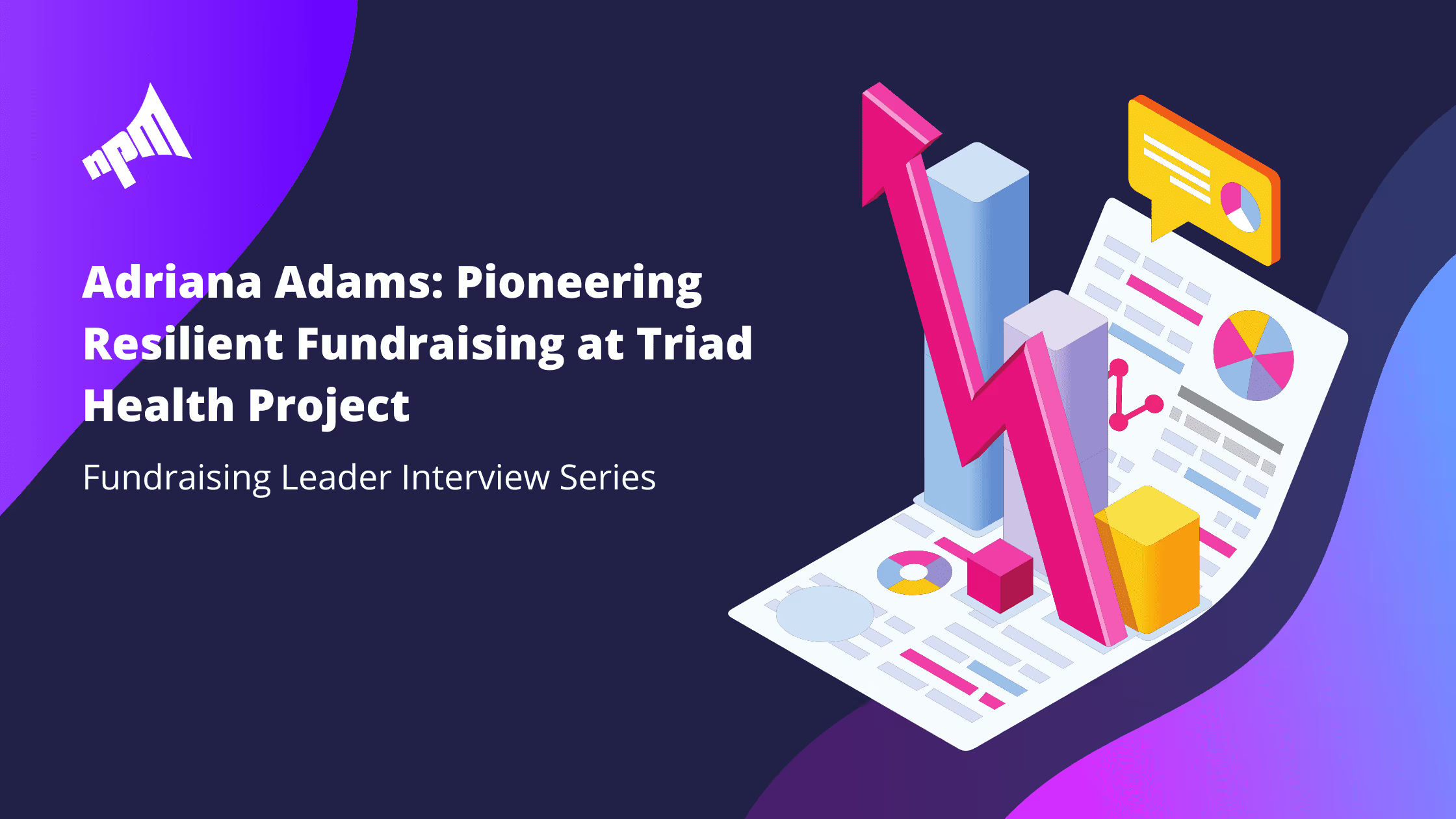

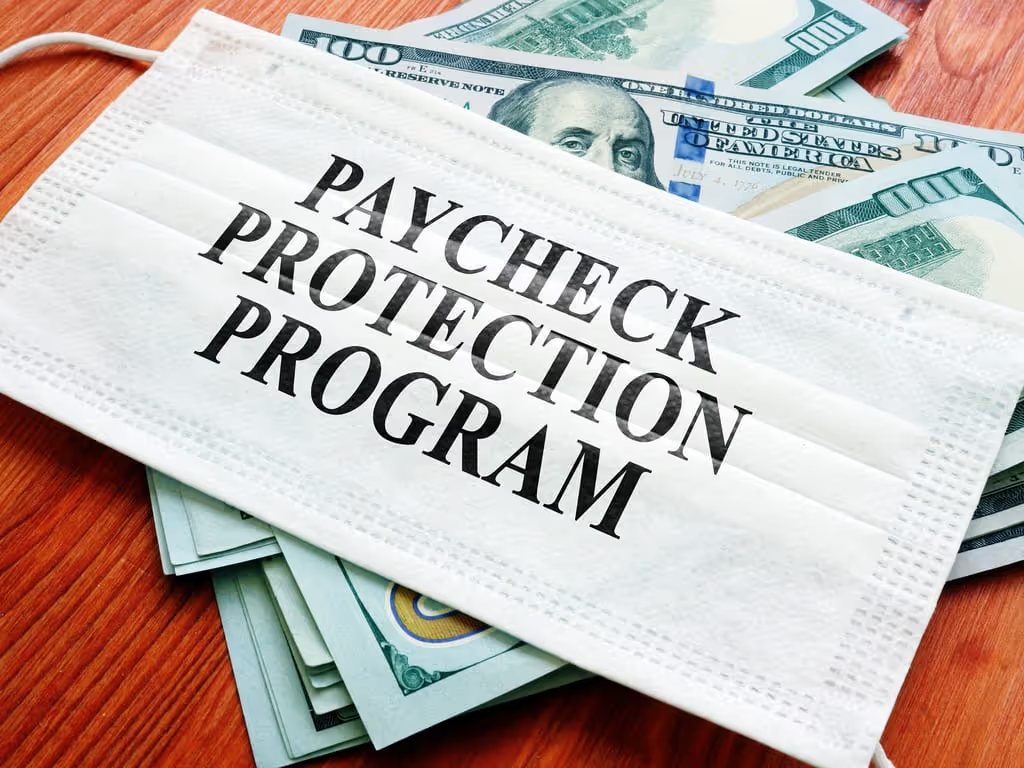
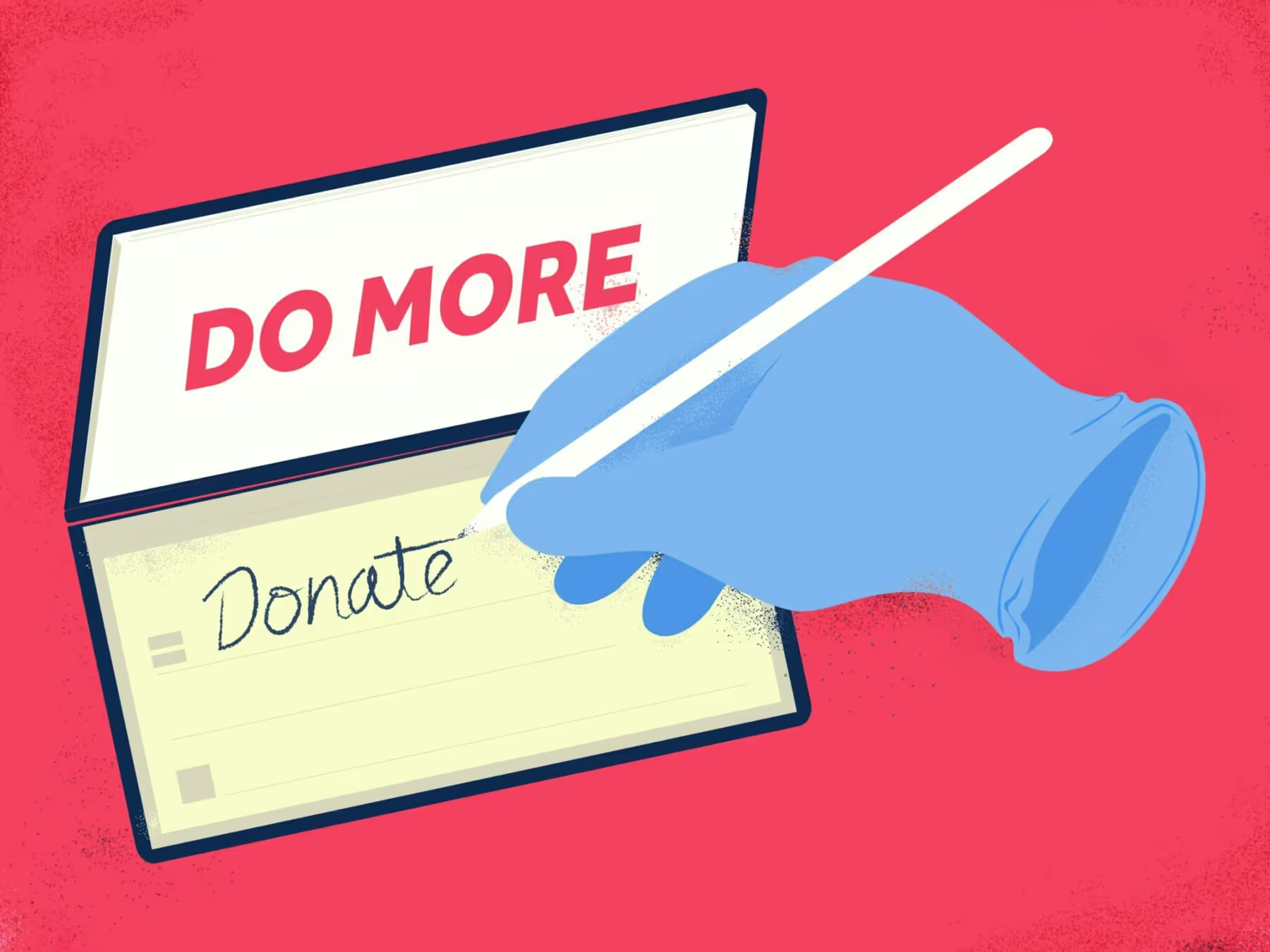














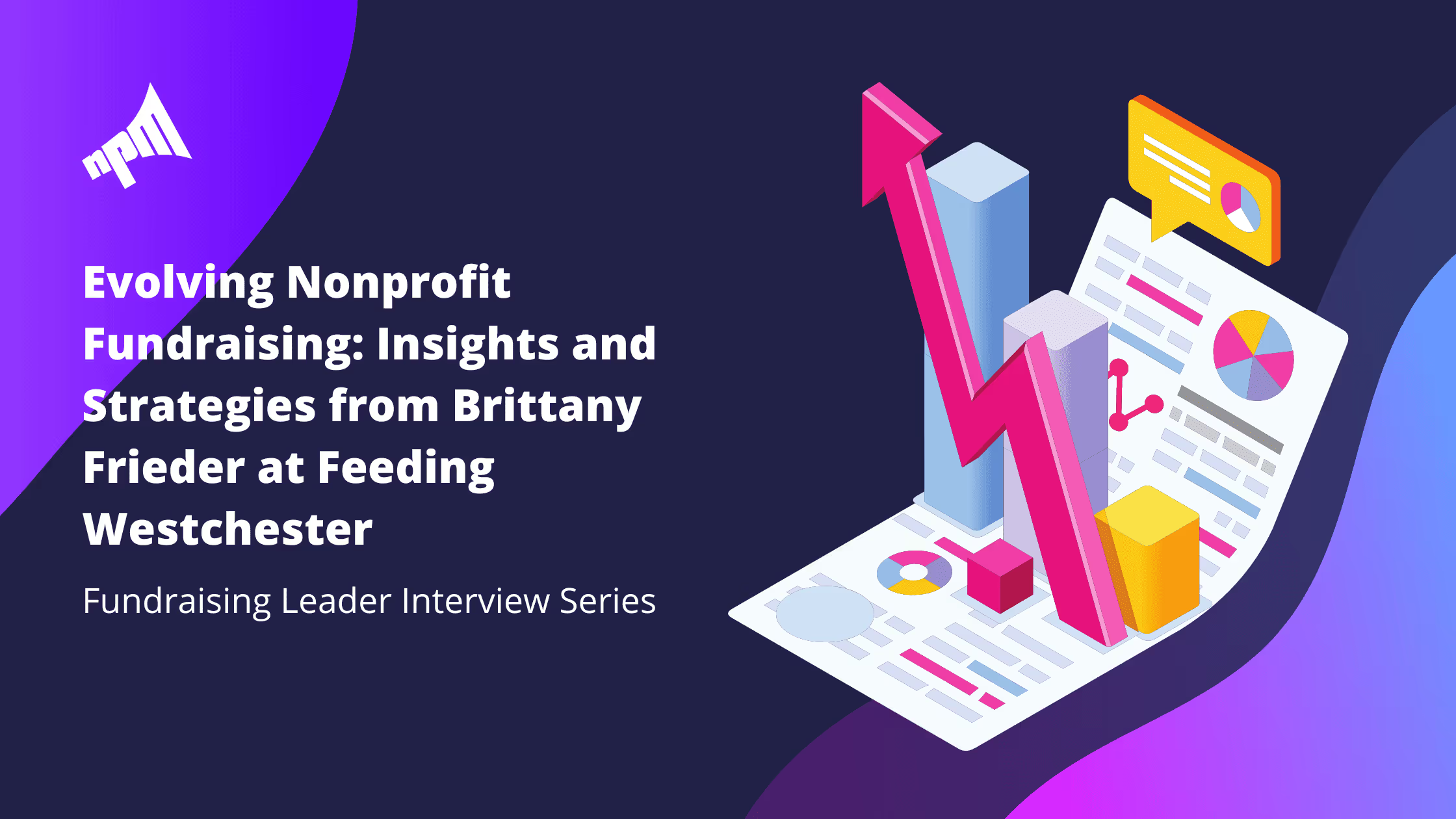



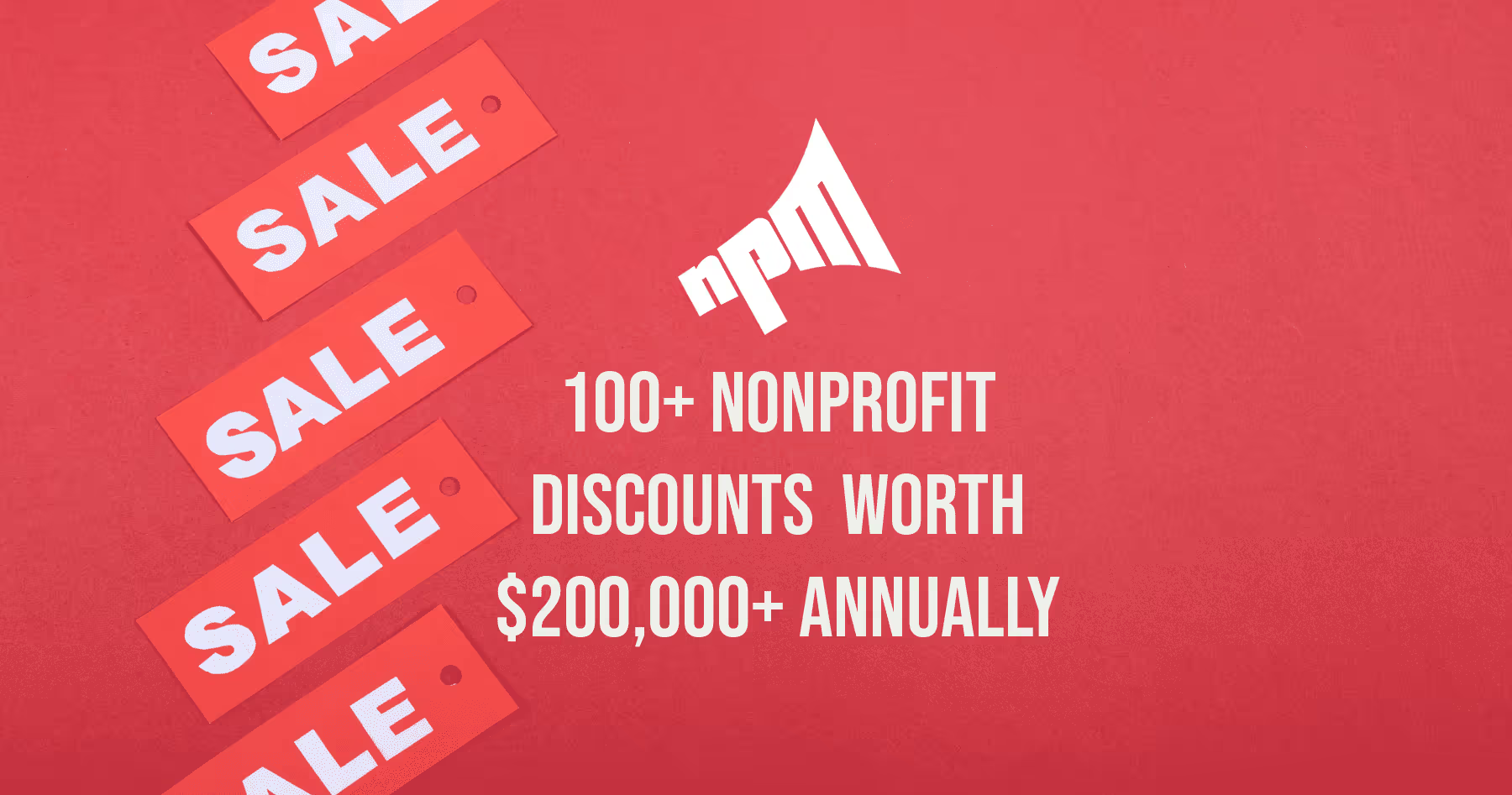






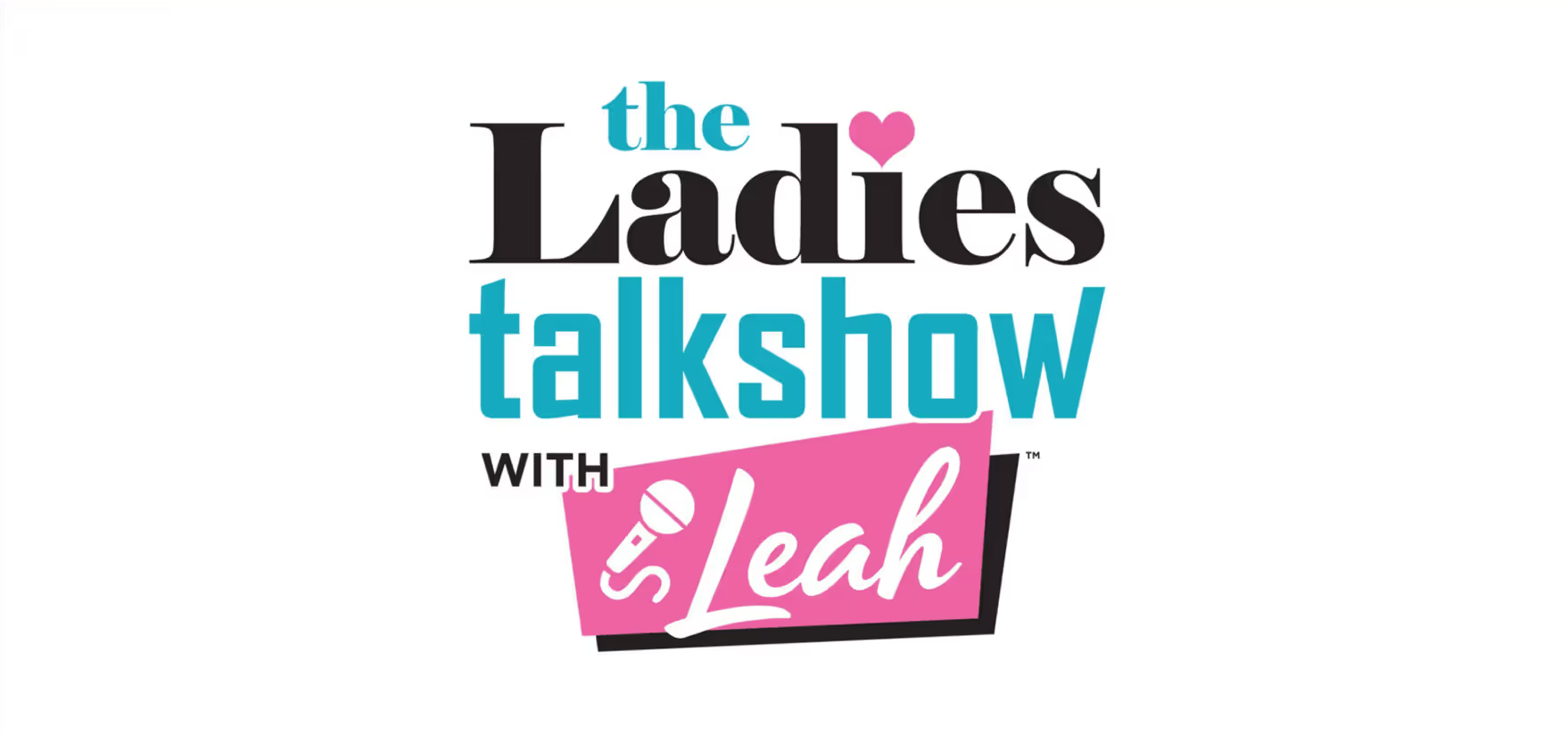


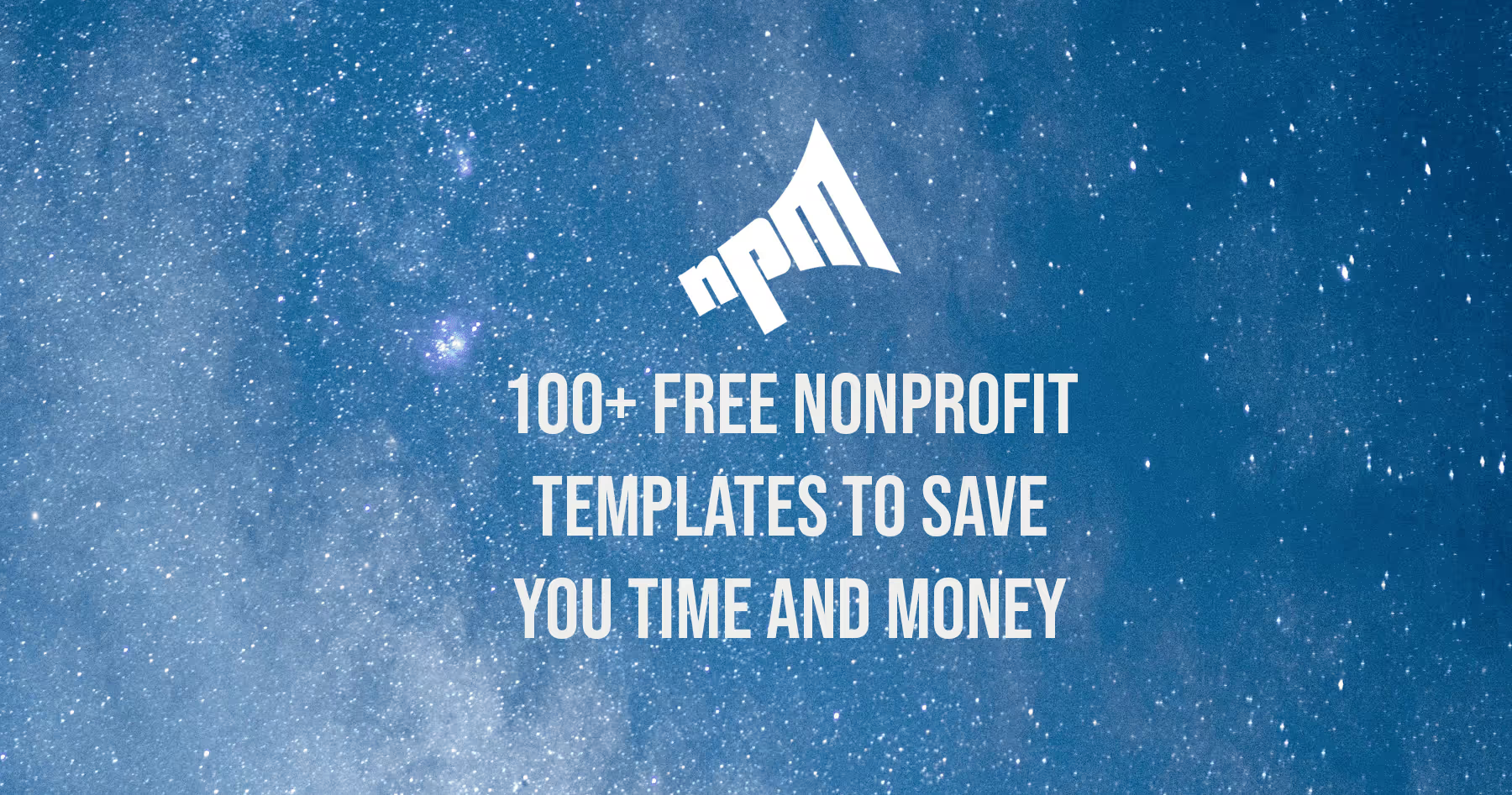












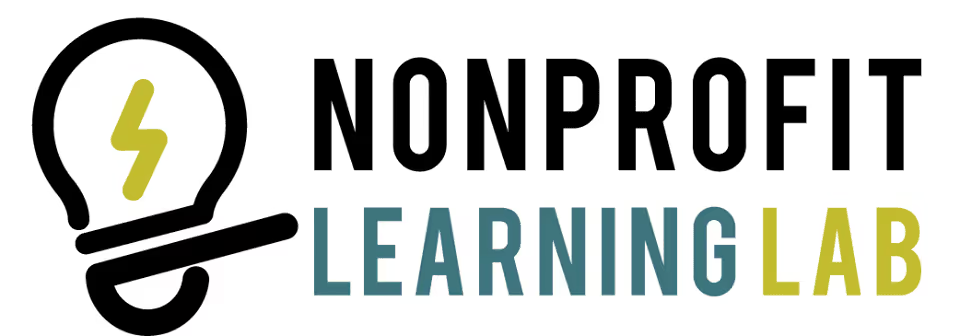



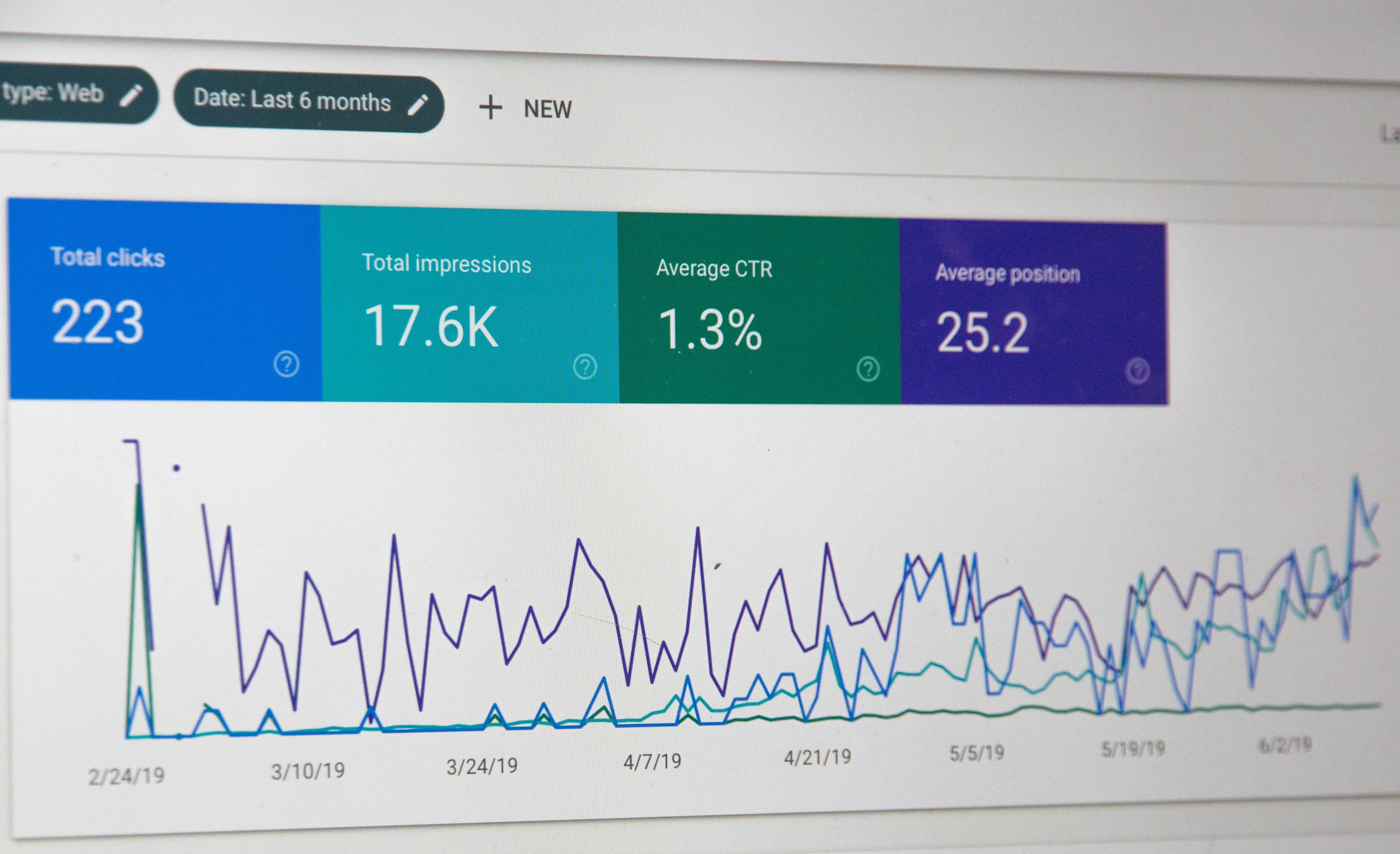
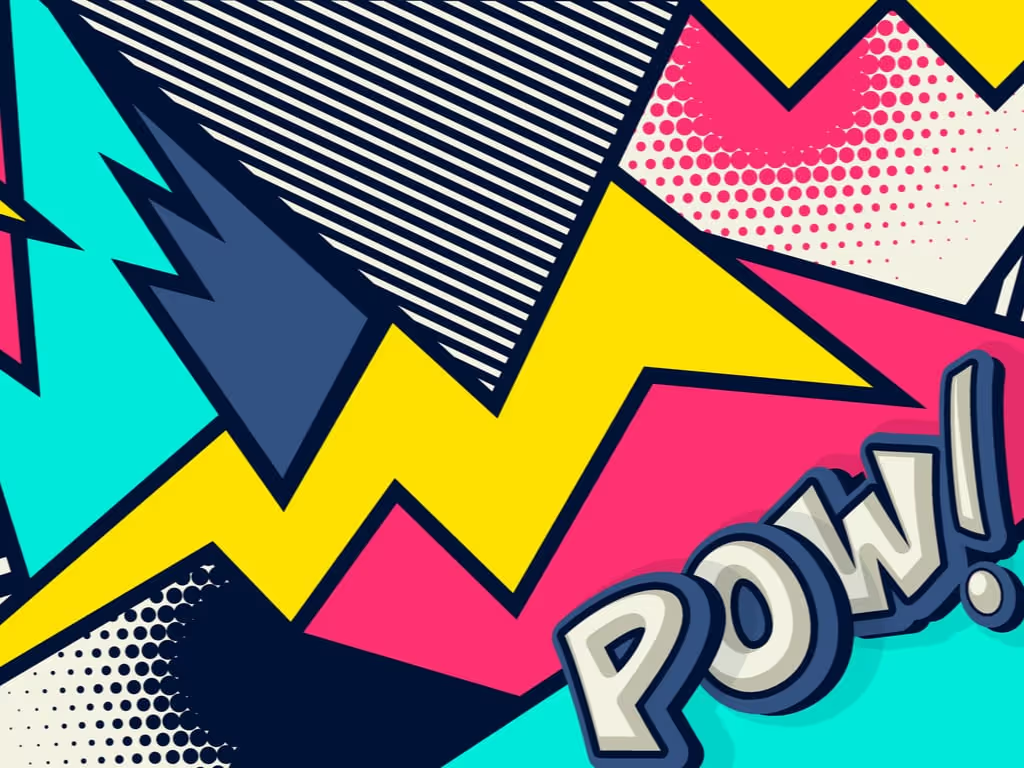






.svg)
.svg)
.svg)
.svg)